Strength training is not an option
Shoulder pain is the third most common musculoskeletal disorder, and its prevalence is estimated to be between 7-10%. (Luime JJ et al, 2004). Evidence shows that disability caused by shoulder pain has a significant impact on daily life and generates a large social burden due to absenteeism from work and cost in terms of health resources.
Rotator cuff involvement represents one of the leading causes of joint pain and dysfunction; approximately 4% of adults aged 40-60 years have a partial or complete tear and 54% of people over the age of 60 years have a rotator cuff tear.
Treatment strategies for rotator cuff involvement include the use of analgesics and anti-inflammatory drugs, rehabilitation, infiltration with local anesthetics, steroids or high molecular weight hyaluronates, debridement of the tear or open or arthroscopic repair.
And while many cases of painful shoulder end in surgery, there is growing evidence that surgical intervention does not achieve better results than conservative treatment. Physical therapy achieves similar clinical outcomes to acromioplasty and rotator cuff repair and often avoids surgical treatment. (Klintberg et al, 2014).
Among the strategies to be followed in physical therapy to address a painful shoulder, strength exercise is essential for recovery. Exercise-based therapies have proven useful in achieving functional recovery. In fact, previous studies have shown that a progressive loading physical activity program is effective for rotator cuff tendinopathy. (Dominguez-Romero et al, 2021).
Different types of physical exercise are used to treat this pathology: concentric, eccentric, proprioceptive, etc. Directed to different structures of the shoulder girdle but, nevertheless, even today there are professionals who ignore the strength exercise or only use isometrics for the rehabilitation of the patient.
The implementation of this type of exercise in your physiotherapy protocol is essential to restore functionality to the joint and ensure its recovery, avoiding relapses or the possibility of instability.

Strength work in the patient with shoulder pain
The use of strength training in shoulder pathology has been thoroughly demonstrated.The current evidence (Lombardi et al (2008); Andersen et al. 2014) or found that the implementation of a progressive resistance training program for the shoulder musculature in patients with subacromial syndrome was effective in reducing pain and improving function and quality of life while improving the functionality of the joint. Even if it is high intensity exercise (Ezzatvar et al, 2020).
According to Alfrendson et al (2010), during eccentric strength training, there is a temporary interruption of blood flow that interrupts neovascularization of the inflamed tendon.
The repetitive loading and unloading pattern provided by eccentric exercise provides a constant mechanical stimulus, which would induce tendon remodeling, similar to the load provided to bone during mechanical stimulation with high frequencies.
We can conclude that a strengthening program of the rotator cuff and shoulder girdle muscles, when followed with a correct movement pattern, can be effective in decreasing pain and increasing functionality in patients with tendonitis and subacromial impingement.
4 strength exercises that can not miss in your protocol
In TRAK we have a large library of exercises to make your physiotherapy protocol as complete as possible. For this reason we leave here 4 strength exercises from our platform that can not miss in your protocol for shoulder pathology:
- Scapular retraction with rubber: is a perfect exercise for the patient to gain stability in the joint.
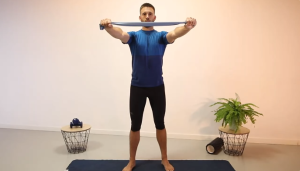
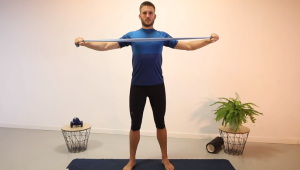
- Serrato with TB: the serrato is a natural stabilizer of the scapula and, for this reason, it is essential to work it after an injury.
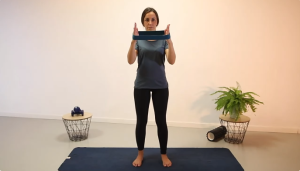
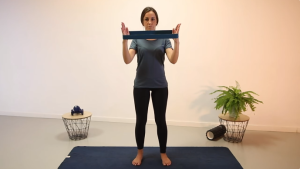
- External rotation with rubber: since the infraspinatus is one of the muscles to be treated in all shoulder pathology, it is not surprising that external rotation work is included in a protocol for painful shoulder. The use of eccentrics is recommended.
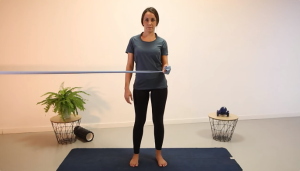
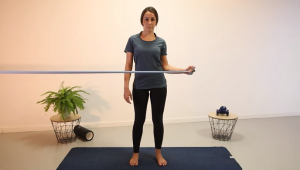
- Dumbbell Neck Rowing: the involvement of the trapezius in this exercise is undeniable due to the synergy that links it to the deltoid. The advantage of this exercise is that it allows to control a moderate load.
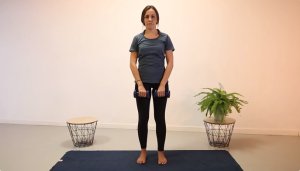
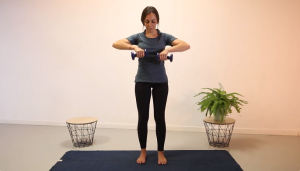
Our platform will allow you to create therapeutic exercise protocols for any pathology. Because in the end it is all about making the program adaptable to the patient’s needs.
The protocolization of physiotherapy treatments at home is possible thanks to applications such as TRAK, whose ultimate goal is to raise awareness in the sector of the need for a digital solution for physiotherapy that allows the diversification and universalization of a health service for rehabilitation.